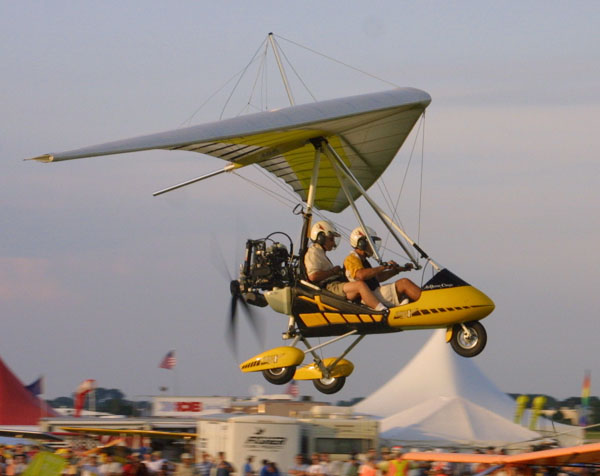Capt. Geoffrey Thorpe
Touchdown! Greaser!
- Joined
- Jun 7, 2008
- Messages
- 15,632
- Location
- DXO124009
- Display Name
Display name:
Light and Sporty Guy
Thanks for this thread...I've been considering the options of getting my SP vs my PP and have been getting the mixed reviews from people.
You will get a lot of mis-information.
Some will tell you that you need to meet the requirements for a third class medical even if you don't get the medical for S.P. Not true. Check what the FAA actually says in the aeromedical FAQ.
Some will point toward the 20 hour minimum for S.P. - but the bottom line is that you still need to learn to fly the airplane. S.P. skips just a few things (like night) that save a few hours, but it's not like it's twice as easy compared to a P.P.
Then there are those that claim that light sport aircraft are so expensive compared to real airplanes. They will compare the price of a factory new LSA with a 40 year old POS 150. They conveniently ignore the fact that you can buy two and one half brand new LSAs for the price of one new Cessna 172. They also ignore the fact that there are lots of used aircraft that qualify as LSAs in the $20k - $30k range. Now, if you compare used to used, you do get more airplane for the money for non-LSA aircraft, but it's not $100k for the LSA vs $20k for something else.
Then of course, there are those who will tell you that an LSA is worthless for traveling because you can't go IFR, you can't carry 6 people, you can't cruise at 200 knots, you don't have FIKI, etc. Some people have a hard time understanding that airplanes can be fun.
Now, there is not that much advantage to getting an S.P. if you have the medical, but if it does the job for you, then - why not? One less FAA bureaucracy hoop to jump through, one less potential for problems.


 I'm just not able to reconcile the root of this mischaracterization.
I'm just not able to reconcile the root of this mischaracterization.

